Shot on April 23, 2017, the clip shows a makeshift target with the words "Boy" and "Girl" written on it, placed in the middle of the desert near Green Valley, Arizona, south of Tucson.
Seconds later we hear a gunshot, and the target explodes, revealing a blue cloud and immediately igniting the surrounding brush. Someone shouts, "Start packing up!"
The flames spread to the nearby Coronado National Forest, where they became the Sawmill Fire and burned 46,991 acres owned by the state of Arizona, federal agencies and private landowners. Firefighters from at least 20 agencies fought the fire for about a week,
The expectant dad, 37, had packed the target with a highly explosive substance called Tannerite and shot it with a high-powered rifle, according to the US Attorney's Office. The target was supposed to burst pink or blue to reveal to attendees whether Dickey and his wife were expecting a boy or a girl.
According to KGUN, Dickey immediately reported the fire to law enforcement, cooperated with the investigation and admitted that he started the blaze. He also repeatedly told the judge that the fire was "a complete accident."
CNN has reached out to Sean Chapman, Dickey's attorney, but has not heard back.As part of his plea agreement Dickey will make a public service announcement with the Forest Service about the cause of the wildfire.
According to KGUN, the Dickeys haven't said if the child was a boy or a girl. But the blue puffs as the target exploded might be a clue.

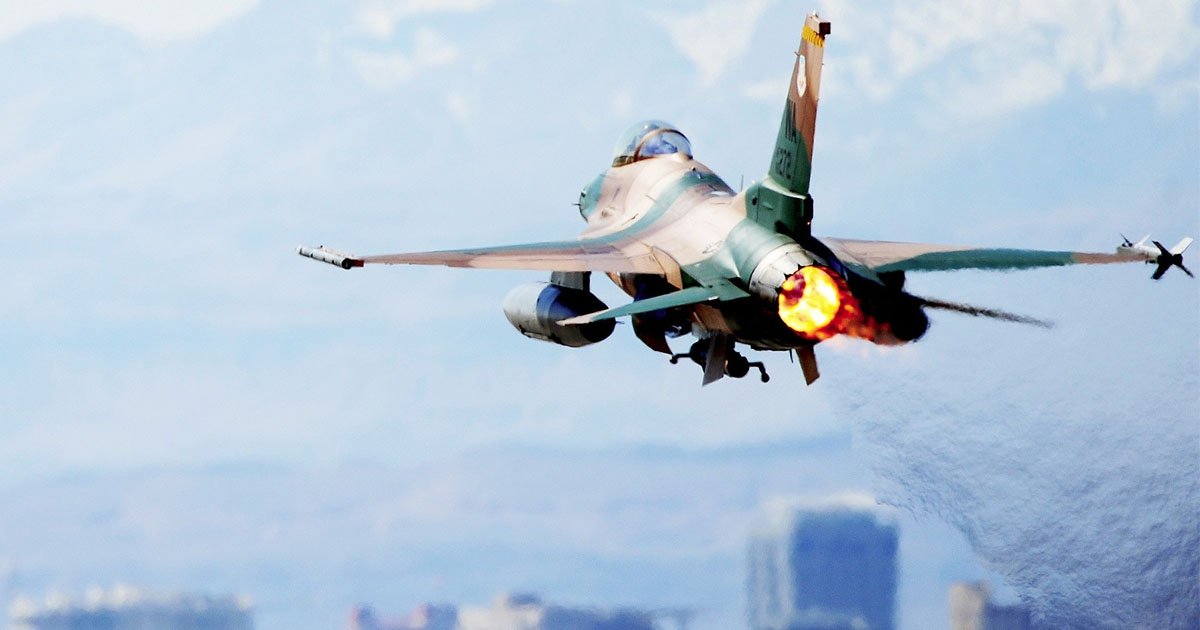


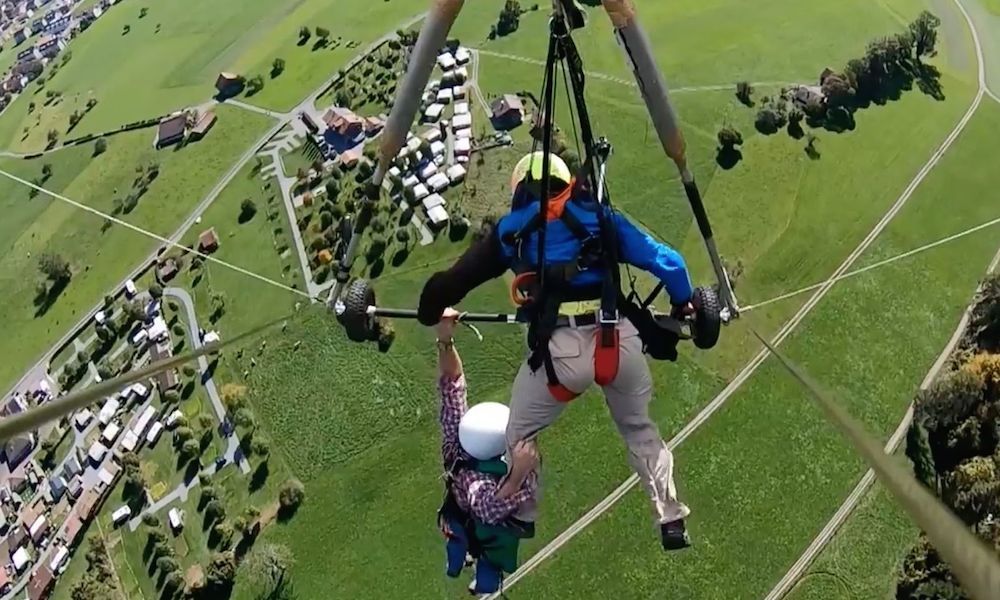
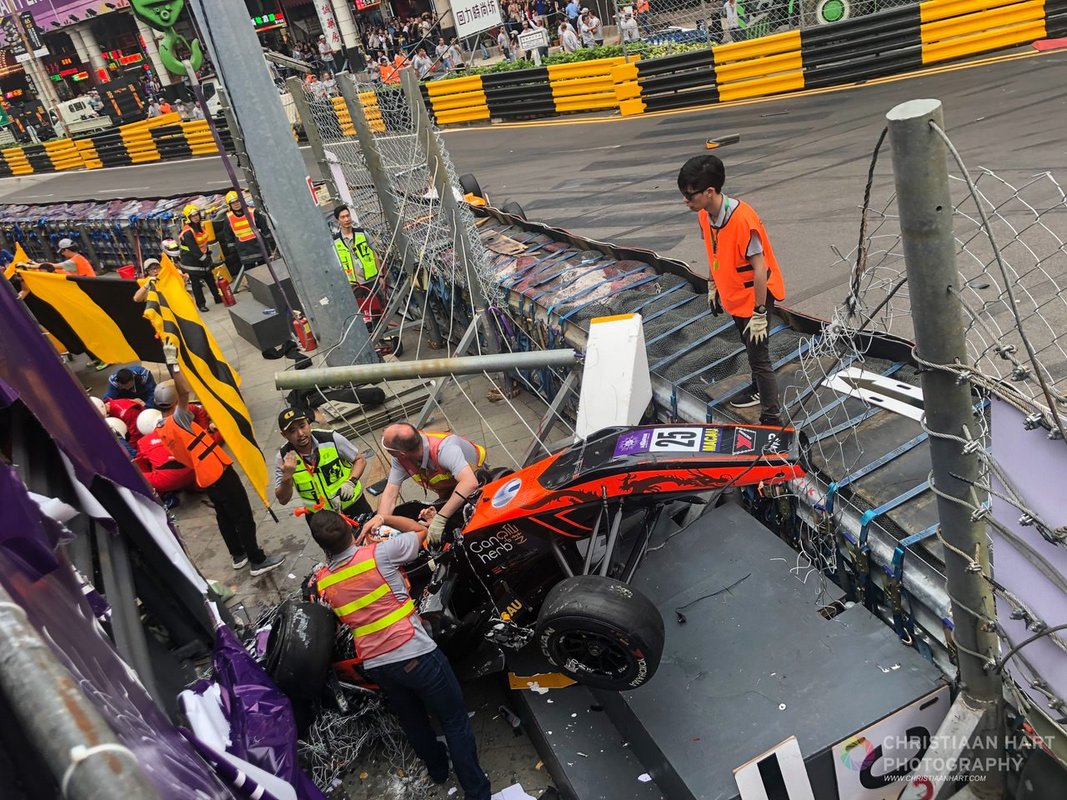
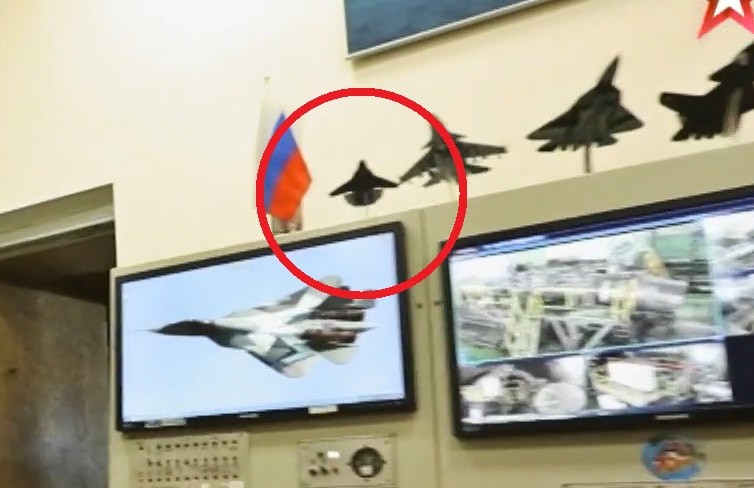
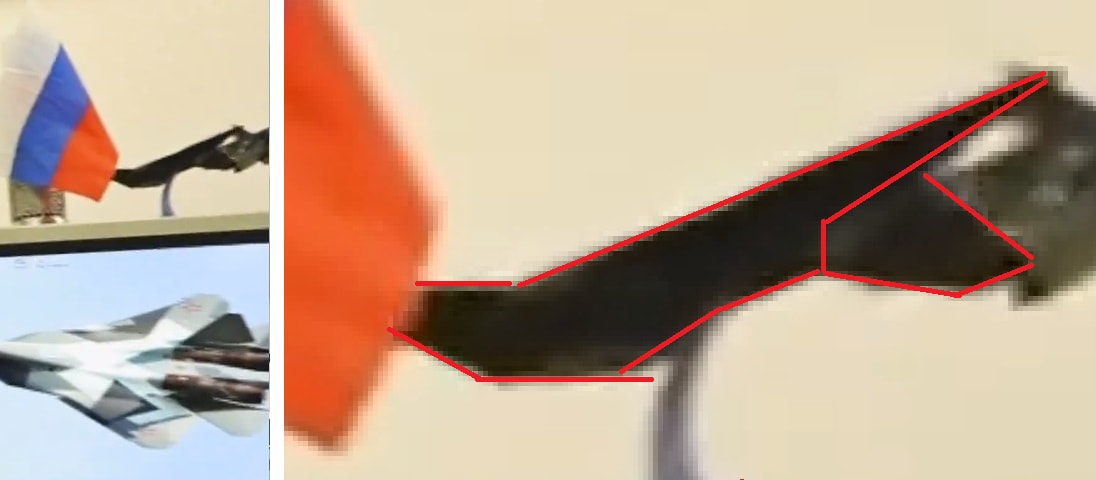
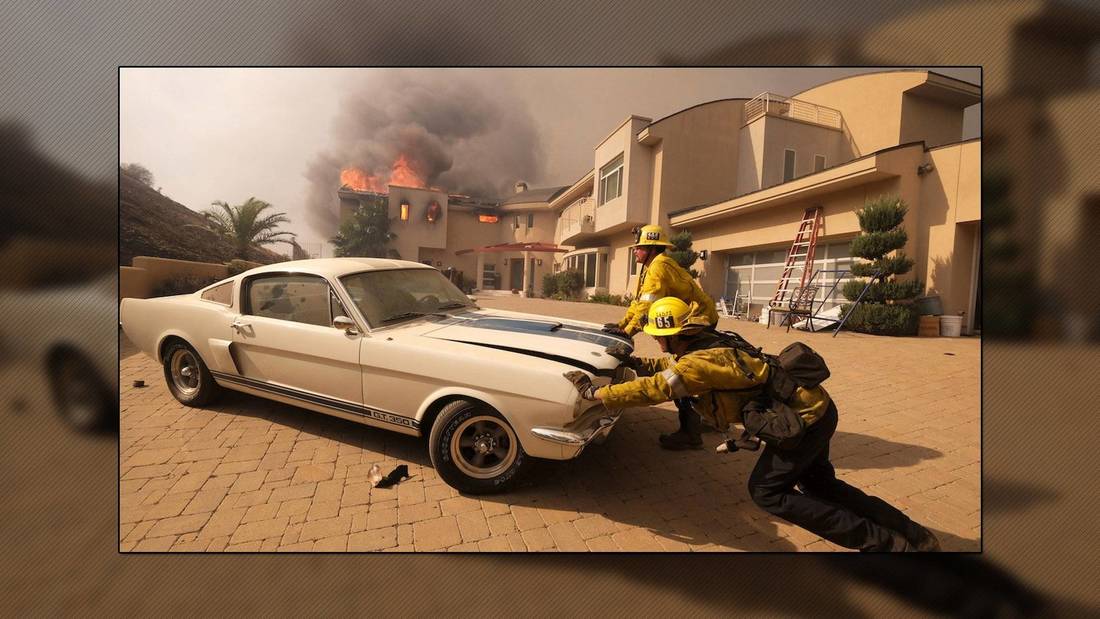
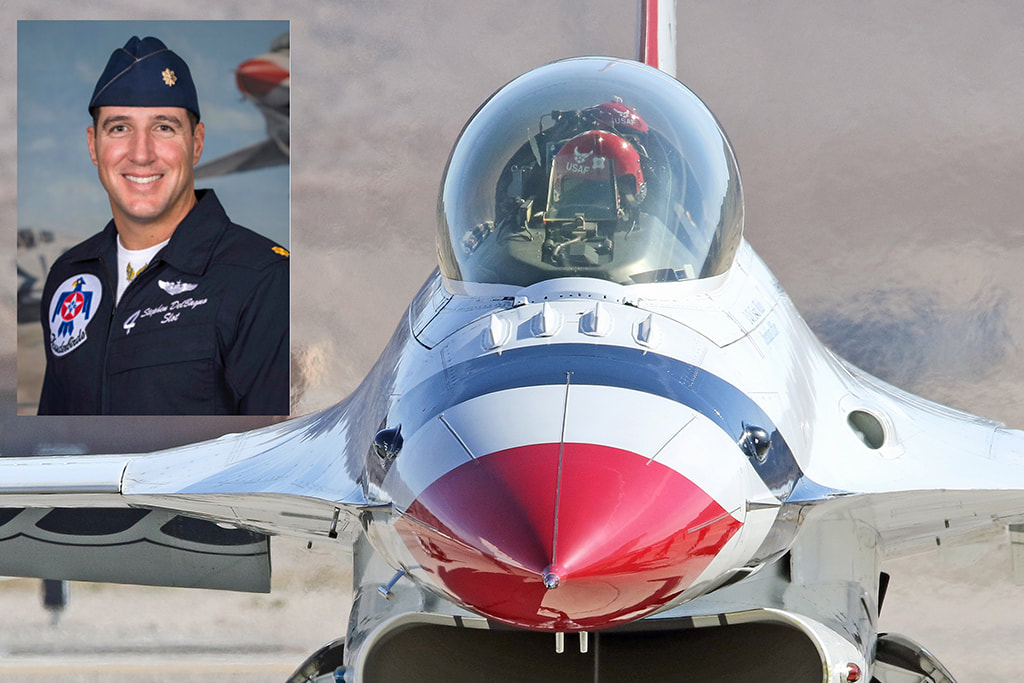

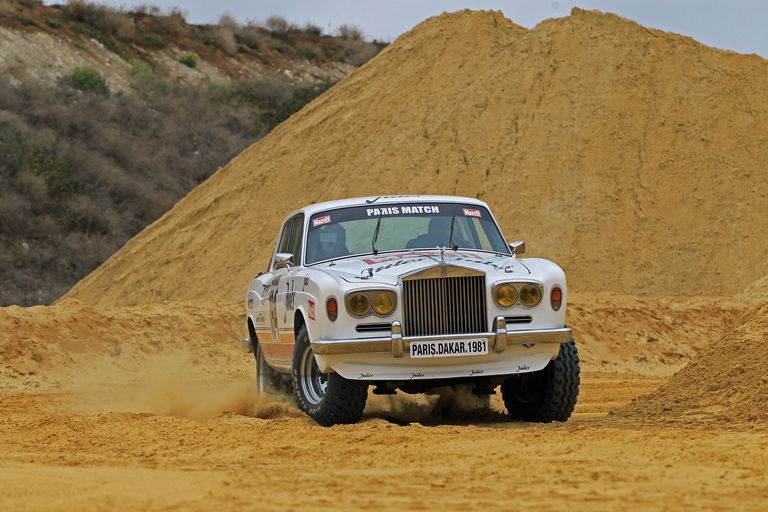
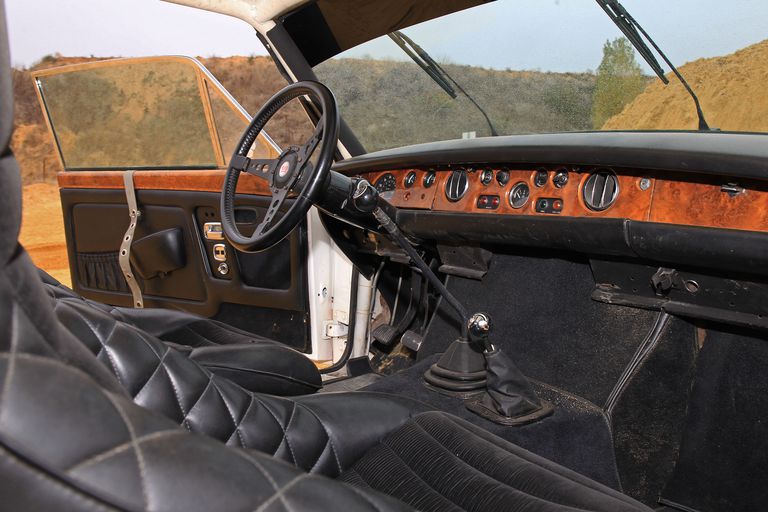
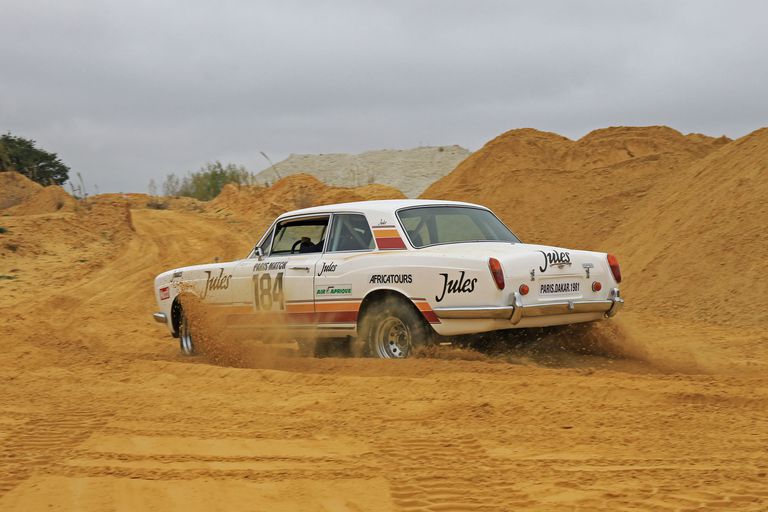
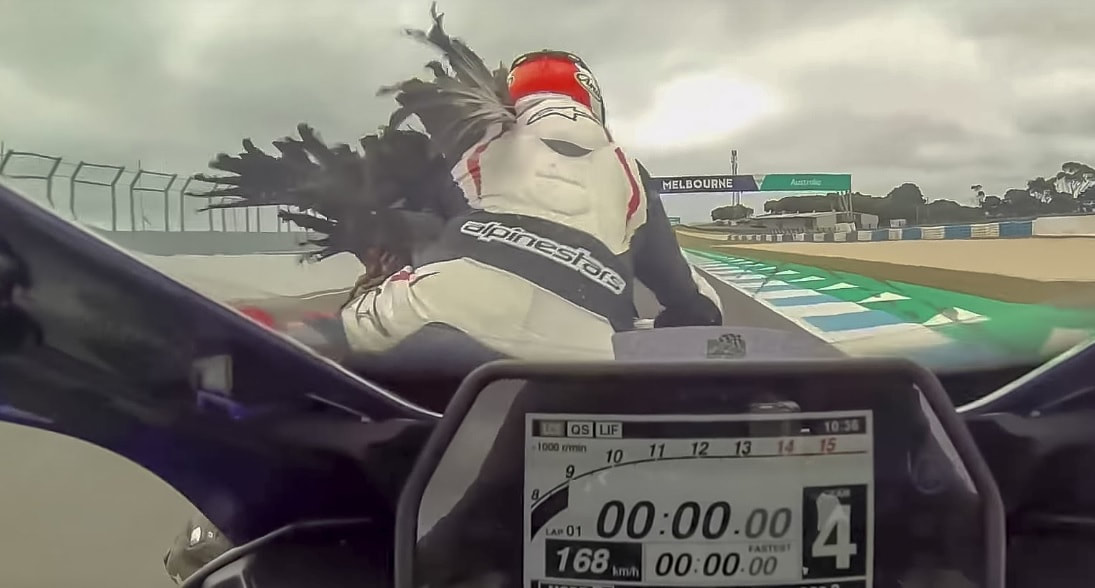
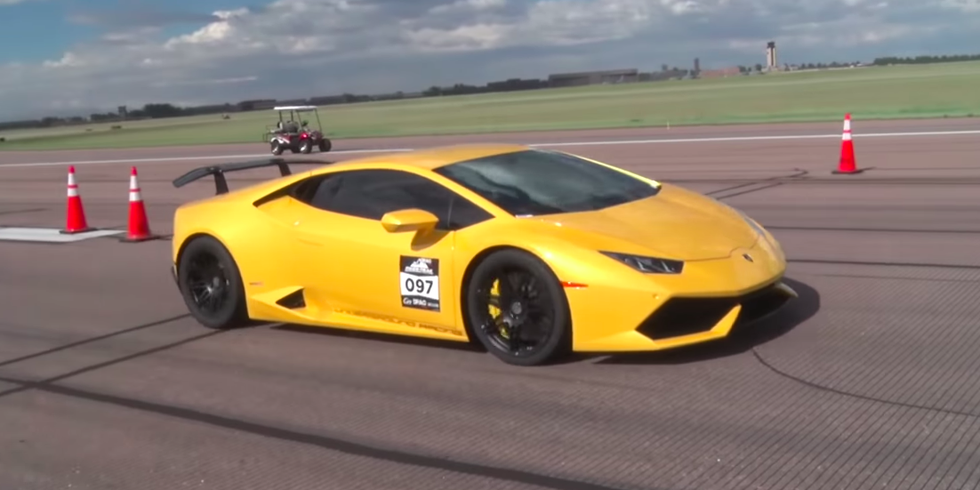
 RSS Feed
RSS Feed